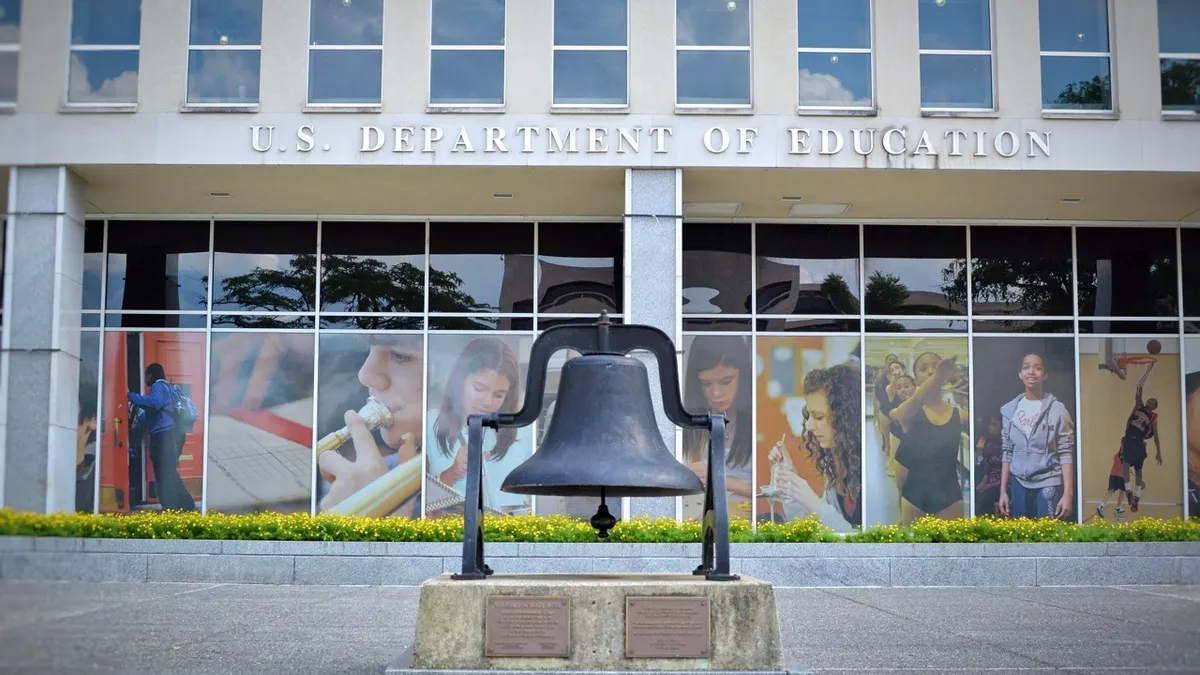Dive Brief:
-
A new Learning Policy Institute (LPI) report, "Making ESSA’s Equity Promise Real: State Strategies to Close the Opportunity Gap," explores the use of five "indicator" metrics in states' efforts to close gaps around inequity and increase student success across the board.
-
The five indicators examined include suspension rates, school climate, chronic absenteeism, extended-year graduation rate, and access to college- and career-ready curriculum — with just five states committing to use all measures for identification or school improvement purposes in their Every Student Succeeds Act (ESSA) plans.
-
Among the state accountability plan statistics detailed in the report: Nine states plan to measure suspension rates; 24 will use some metric for school climate, with 10 set to provide resources and support around social-emotional learning; 37 states and the District of Columbia will track chronic absenteeism; 36 will use extended-year graduation rates; and 39 and D.C. will keep track of access to college- and career-ready curriculum.
Dive Insight:
Three years after its passage and one year into implementation, with Florida essentially the final state accountability plan awaiting approval by the current administration, the full picture of ESSA's long-term impact post-implementation remains to be seen. Metrics cited in the LPI study, like school climate and chronic absenteeism in particular, however, should do well to satisfy demands from employers for more soft skills, like communication, empathy, and critical and creative thinking.
Just how much ESSA will alter the landscape from the path paved by its predecessor, No Child Left Behind (NCLB), is a matter of contention. When it was passed and signed into law, the stated intent was to return more decision-making power to states, cutting back on the stringent accountability of NCLB, replacing a one-size-fits-all assessment approach, cutting back on unnecessary standardized tests, expanding access to high-quality preschools, and providing a more well-rounded education in light of the often outsized focus given to math and English as a result of mandated standardized tests.
But many states stuck to a focus on math and English in their required standardized assessment programs to measure student achievement, and some administrators remain unconvinced that it will be more than the same thing on a different day.











